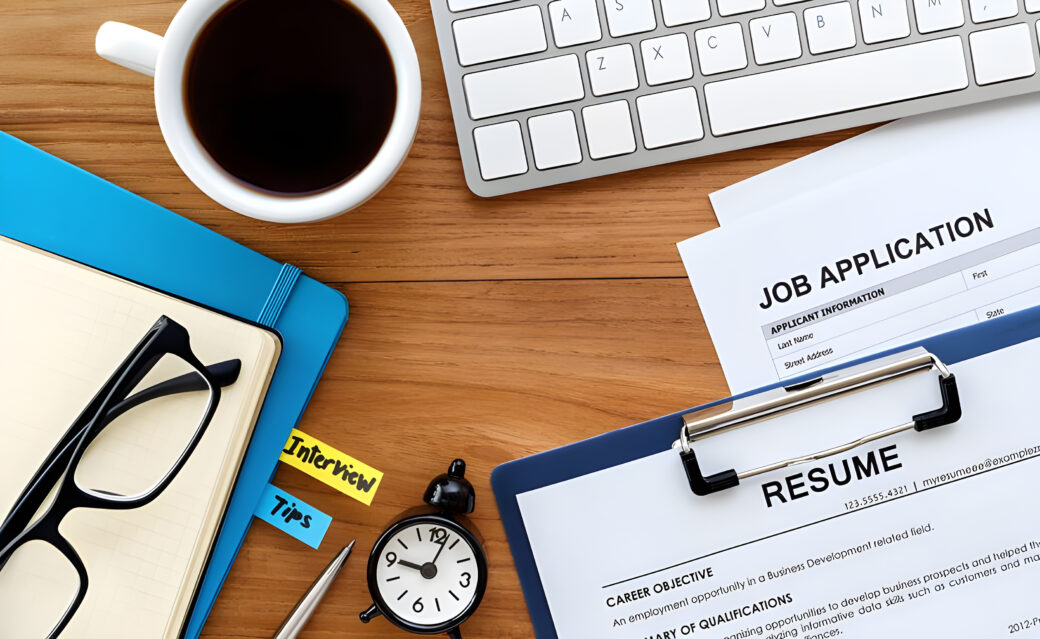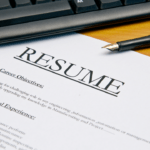
Why Following Up on a Job Application Matters
You’ve put in the effort—crafted a compelling resume, tailored your cover letter, and submitted your job application. Maybe you even aced an interview. Now, the waiting begins. The silence that follows can be unnerving. Did the hiring manager see your application? Are they still reviewing candidates, or have they already moved forward with another applicant?
The uncertainty can lead to frustration, but the good news is that you’re not powerless in this situation. Following up on a job application can increase your chances of getting noticed, demonstrating that you’re proactive and genuinely interested in the role. However, there’s a right way to do it. A well-timed, professionally worded follow-up can leave a positive impression, while an overly aggressive approach might backfire.
Being persistent without being pushy is an art. When done right, following up shows enthusiasm, initiative, and professionalism.
Beyond getting a simple update, following up serves several important purposes:
- It reinforces your interest. Hiring managers receive dozens—sometimes hundreds—of applications. A follow-up can remind them that you’re still engaged and eager about the opportunity.
- It demonstrates professionalism. Employers appreciate candidates who communicate effectively and take the initiative to follow up.
- It provides clarity. If the hiring team is still making a decision, they may give you a better sense of the timeline. If they’ve moved on, at least you won’t be left wondering.
The key is to follow up in a way that keeps the conversation open without coming across as impatient.
When to Follow Up on a Job Application
Timing plays a crucial role in making your follow-up effective. Sending an email too soon can make you seem overly eager, while waiting too long might give the impression that you’ve lost interest. Here’s a general guideline for when to follow up:
- Within 24 hours of an interview — Always send a thank-you email to express gratitude and reaffirm your enthusiasm for the role.
- 7−10 days after applying — If you haven’t received any updates, this is an appropriate timeframe for a polite inquiry.
- Two weeks after your first follow-up — If there’s still no response, you can send a second message. However, avoid repeated emails, as it might come across as desperate.
Examples of Good and Bad Follow-Ups
Example: A Well-Timed Follow-Up
Sarah applied for a digital marketing role at a startup. A week after submitting her application, she sent a concise follow-up email thanking the hiring manager for reviewing her materials and inquiring about the next steps. Her professionalism and polite tone earned her a response, and she was invited to an interview.
Example: A Follow-Up Gone Wrong
James, a software developer, applied for a position on Monday and sent two follow-up emails by Wednesday. His pushy approach annoyed the hiring team, making them question his patience and communication skills. He never received a response.
How to Craft a Professional Follow-Up Email
A good follow-up email is short, polite, and to the point. It should express enthusiasm while giving the hiring manager space to respond on their own timeline.
Key Components of an Effective Follow-Up Email
- A clear subject line — Make it easy for the recipient to understand the purpose of your email. Example: «Following Up on [Job Title] Application.»
- A professional greeting — Address the hiring manager by name if possible.
- A brief mention of your application — Remind them when you applied and for what position.
- A polite request for an update — Ask about the hiring process timeline, but avoid making demands.
- A courteous closing — Thank them for their time and express your willingness to provide additional information.
Follow-Up Email Template
Subject: Follow-Up on [Job Title] Application
Dear [Hiring Manager’s Name],
I hope you’re doing well. I wanted to follow up on my application for the [Job Title] position at [Company Name], which I submitted on [Date]. I remain very interested in the opportunity and would love to learn more about the hiring timeline.
If you need any additional information, I’d be happy to provide it. Thank you for your time, and I look forward to hearing from you.
Best regards,
[Your Name]
[Your Contact Information]
Common Mistakes to Avoid When Following Up
Following up can be helpful, but certain mistakes can hurt your chances. Here’s what to avoid:
- Following up too frequently — If you don’t get a response, sending multiple emails in a short time won’t help.
- Being overly casual or too formal — Keep your tone professional but approachable. Avoid being too stiff or too friendly.
- Failing to proofread — Typos can make you seem careless. Double-check your email before sending it.
- Not personalizing your email — A generic, copy-pasted message won’t stand out. Tailor your message to the company and role.
Alternative Ways to Follow Up
If email isn’t yielding results, you can explore other ways to follow up:
- LinkedIn messages — If you connected with the recruiter or hiring manager on LinkedIn, a polite message can be another way to follow up.
- A phone call — In some cases, a brief call to HR may be appropriate, but only if the job listing provided a contact number.
- Networking — If you have contacts within the company, they might be able to provide insights on the hiring timeline.
What to Do After Sending Your Follow-Up
After sending your follow-up email, it’s best to move forward rather than fixating on one opportunity.
- Keep applying for other jobs — Don’t pause your job search while waiting for one company to respond.
- Continue networking — Engaging with professionals in your field can open up new opportunities.
- Improve your application materials — Use the waiting period to refine your resume and interview skills.
The hiring process can take longer than expected. Stay patient and keep looking for new opportunities rather than waiting for one response.
Following up on a job application is an essential step that can help you stand out in a competitive job market. By following the right timing, crafting a thoughtful message, and avoiding common pitfalls, you increase your chances of landing an interview and securing your next job.









